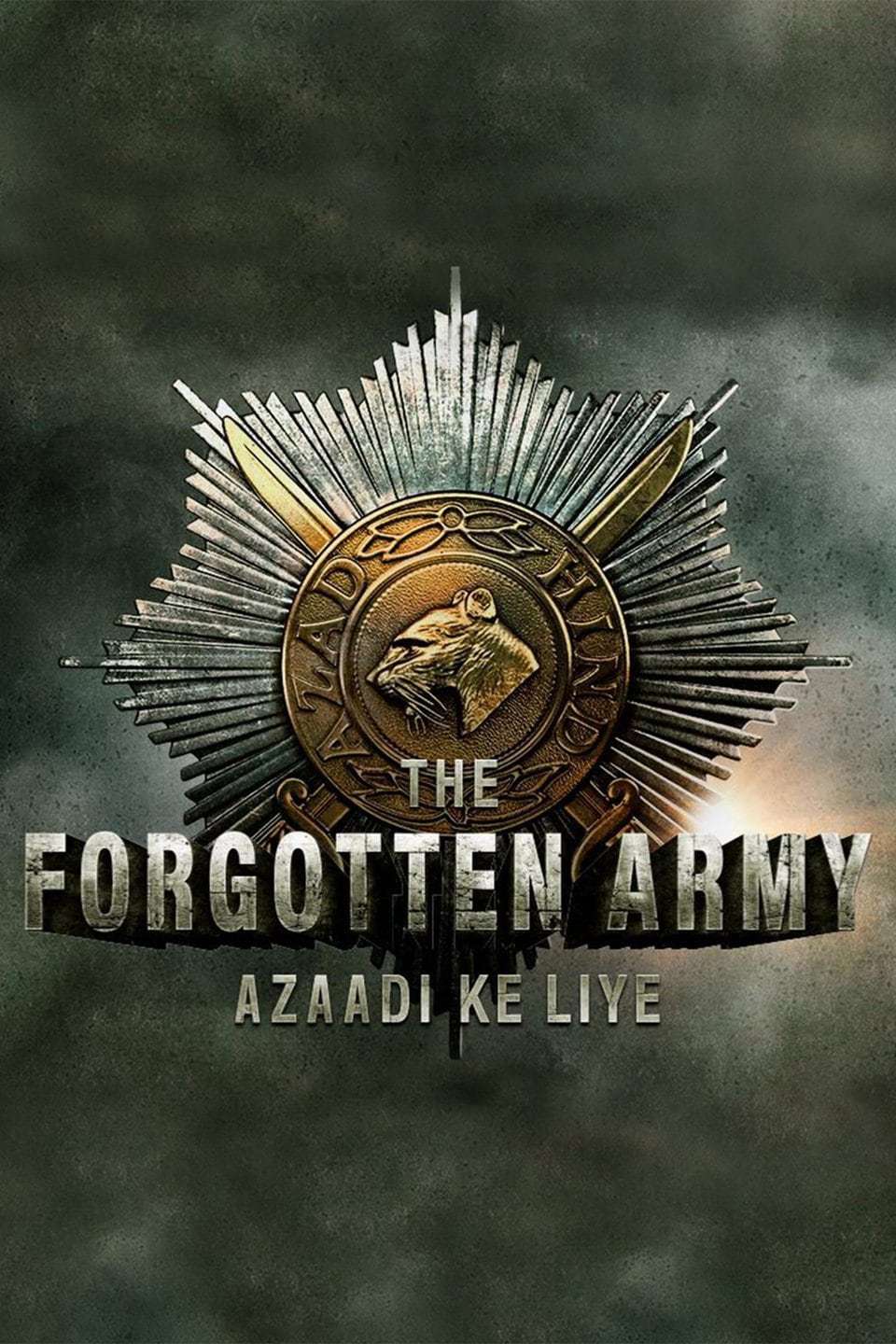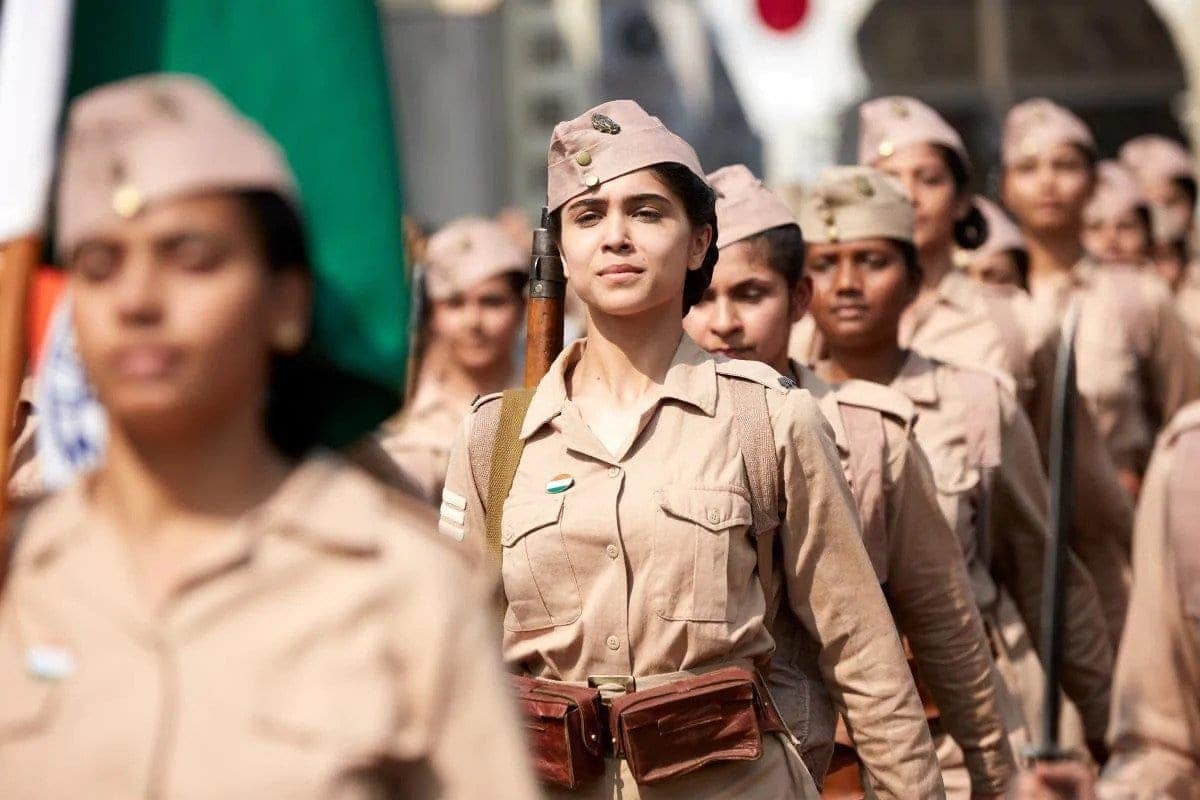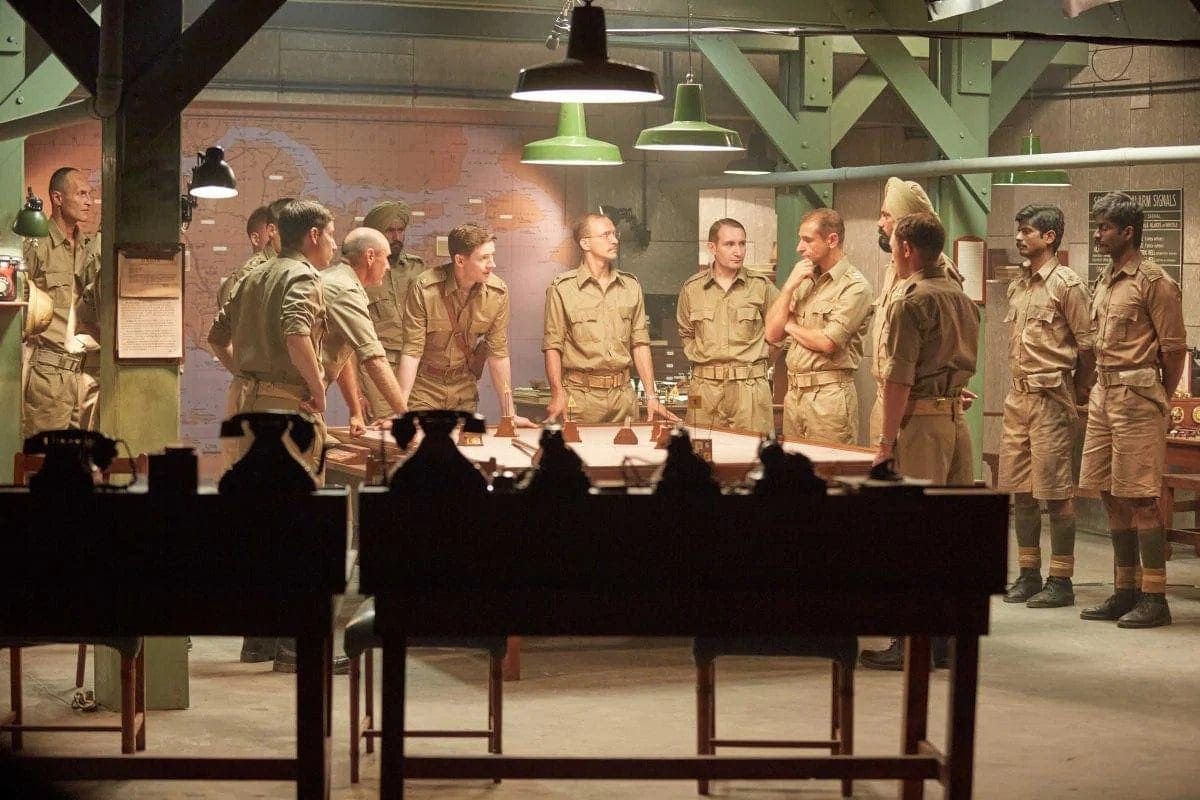
The Universal success of Amazon Prime Original series is due to “Made in Heaven,” “The Family Man,” “Mirzapur,” and the Emmy- nominated show “Inside Edge.” Now, Amazon Prime Video has released its five-episode miniseries “The Forgotten Army” in India on January 24, 2020.
The Forgotten Army is the new five-episode miniseries that shows the actions of the Indian National Army(INA) after Subhash Chandra Bose comes and assists the INA. Creative director Kabir khan who launched blockbuster hits like “Ek Tha Tiger” and “Bajrangi Bhaijaan” is the director of this series. Since the success of his films in Bollywood, Khan settled making more Bollywood movies.
Unfortunately, Khan is too set in his Bollywood ways to deliver almost everything remotely close to an honest, grounded, and authoritative account of the INA’s Burma campaign. It is similar to the HBO miniseries “Pacific’s” doings for the US Marines’ Pacific theatre. The Forgotten Army was written by Khan and a wife-husband duo Shubhra Swarup (Wazir) and Heeraz Marfatia (Aazaan).
The series is driven by the need to make its main character come across as the hero, no matter how unconvincing it makes us feel. But the much biggest error is the relying constantly on a background song, which is sent in to excite things up whenever the Amazon original series is lacking its essence. (The song’s combination with the characters walking in slow motion is much worse.) The song is used very often that we feel like turning off the series every time it was played.
To make matters more annoying, Khan & Co. also became prey to love for Bollywood’s grandstanding. At different points during the series(sometimes we may get a laugh in the middle of a battle), the good guys will be carried out into a mini-monologue talking about their righteous, heart-breaking, and powerful backstories, capabilities, and value systems. It seems to be the poorest type of message filmmaking. No one enjoys being talked down to. People can think on their own and should be treated as such but not like some dumb flock of sheep. The film should show us what really happened just like the old filmmaking adage: show what you want to, don’t tell, and leave it for the audience to deduce the remaining on their own.
What is The Forgotten Army all about?
The episodes of “The Forgotten Army” is not a simple retelling of the past. It is a split across two timelines(World War II-era and mid-90s), which shifts between at will, without proper linking. Moreover, it uses a mix of archival footage at times and CGI(poor). It again follows Captain Sodhi (Sunny Kaushal), who joined the INA(reluctantly) after Singapore(controlled by the British) fell to the Japanese in 1942. The story traces his journey across now-Myanmar(then Burma), alongside that of promising photojournalist Maya(Sharvari Wagh), who eventually becomes his love interest.
At that time in 1996, Singapore, the elder Sodhi(M.K. Raina) makes a visit to his extended family, where he happens to meet his nephew Amar (Karanvir Malhotra), who turns out to be another budding photojournalist. Sodhi returns to the country after 50 years with Amar, who wants to shoot the students’ protest in present Myanmar.
As expected, the Amazon series spends most of its time in the past. The INA supported the Imperial Japanese Army and took part in a number of major battles, including the simultaneous battles of Kohima and Imphal, often called the Stalingrad of the East, which refers to the largest WW-II battle. Even though the show wants us to know about the Indian National Army, it shows very little care in depicting the various events that took place during the Battle of Singapore. We are left with fourth-wall-breaking moments that are disguised as dialogues. One such dialogue Sodhi says is – “India will remember our sacrifice one day.” It looks like this dialogue is designed to attach self-importance to itself. But in general terms, one should not add or show something stressing that ‘this is important and you have to note it.’ If people are watching the show, it already means that they care at least to some extent.
As part of its self-important stance, the show makes a big deal out of having an all-women combat unit named as the Rani of Jhansi Regiment(Maya is part of this regiment). Having an all-women regiment is a good idea, and it is valuable to talk about gender discrimination when it comes to the Indian Army. It is important as, after nearly eight decades, India’s newly-appointed chief of defense still believes that women are not suited for combat roles. The Forgotten Army first claims that women were neither trained nor sent into combat before by any country in the world, but both Spain [PDF] and Russia did send women before the INA. Moreover, the Amazon series undermines its own point of women in combat, by not showing Maya or any other woman in any of the wars. With these two blunders, it seems like the series has shot itself in the foot.

The Forgotten Army is also compromised by unrefined filmmaking, inconsistent, and lackluster across the board. Mainly, the show suffers from tonal dissonances, as it switches between celebratory, melancholy, romance, harrowing, a sincere drama at will, thrilling, and situational comedy with annoying results and very little flow to the narrative. Now coming to poor writing, it intervenes into troubling territory with patriarchy and gender politics. In one situation, a sexist male trainee officer is called out by a female one, who is praised later for overcoming his prejudice as that woman does not reproach his romantic advances. Here comes a question – Is it a woman’s job to fix a man? Elsewhere, Sodhi is later applauded for merely echoing her words in public(who was taught a feminist lesson by Maya before).
In addition to all the above, for the sake of the plot, the characters make stupid decisions, or it appears that their dialogues are aimed more at the viewers. (Shah Rukh Khan is briefly employed as a narrator who is not necessary as the narration recaps the previous episode to remind you what has happened and what is happening now.)
The direction is also not solid, with some scenes either lacking the proper structure or focus to communicate what they are trying to show in that scene. In some places, Khan shifts into an over-the-top mode to carry the heightened emotions of a particular character. To be sure, there is no need to display almost everything up to such an extent. We feel like the filmed war scenes lack realism and are shot with the sole intention of showcasing the boldness of the INA.
That can be linked directly to The Forgotten Army’s opinion that Indians were the only intelligent ones. Earlier, when the British are preparing for the Japanese attack on Singapore from the south-east, Sodhi alerts them of the upcoming threat from the north. But the British ignore Sodhi. As expected, the Japanese attack Singapore as Sodhi predicted. Still, the Indians(then working for the British) hold the outnumbered Japanese at bay just for a “truce sign” from the British. Later, the Japanese pause the attack as the INA strategizes and makes its progress in Burma. Sodhi warns the Japanese of the impending monsoon threat. And as expected, the Japanese do not listen and suffer. The show also demonizes the other, be it the Japanese or the British(it is to give Indians the moral upper hand over the others).

The British are villainous by nature, and also Colonialism is one more variety of British people. But The Forgotten Army does not surely know how to continue the conversation. In one of the scenes, Sodhi wonders about thinking Indians as stupid or blind in treating Britain as their nation, given their earlier allegiance? This one is a reductive argument. If it’s really interesting to look inward rather than looking outward, Khan & Co. could have done well to lecture Bose’s values. The INA is seen reciting Bose’s famous words, but his presence is so less. Bose worked with fascists and held authoritarian socialist views. That would also have allowed it to talk about how the Indian National Army was being used for its gain by the Axis powers.
The Forgotten Army fairs marginally better with the eerie parallels to what is happening present India. The INA goes up against the fellow countrymen who battle Indians(those who are fighting for a free India), just after reaching the Indian mainland. Aftermath, at the INA’s Red Fort trials, one of the British Indian officers discredits the prisoners(calls the prisoners as traitors for aligning with the Japanese). Unfortunately, this view of the INA continued even after independence, with governments denying [page 132] freedom fighters’ pension for those prisoners. And then we can see the Burmese students campaigning for democracy. These parallels are accidental, but they feel prescient and also relevant in these cases.
But the thoughts can’t rescue a show which can’t handle the fundamentals in it. With the show, we can say that Khan wanted special treatment to the INA, which was not provided by the government(s). In the end, the elderly Sodhi can be seen saying, “We have struggled to bring the freedom, and now you have to struggle to preserve that freedom.”
Well, the show ends here, but Khan could have done better to bring up the show even more exciting and realistic. On the whole, we can say that Khan should have brought a better series than the present one, as he brought some good movies to us in the past.

I thought this series was excellent and would recommend it to anyone.